Budapest bound: The power of in-person team retreats in a remote work culture
Experience the spirit of team retreats in Budapest. Learn how face-to-face interaction can inspire camaraderie in remote work settings.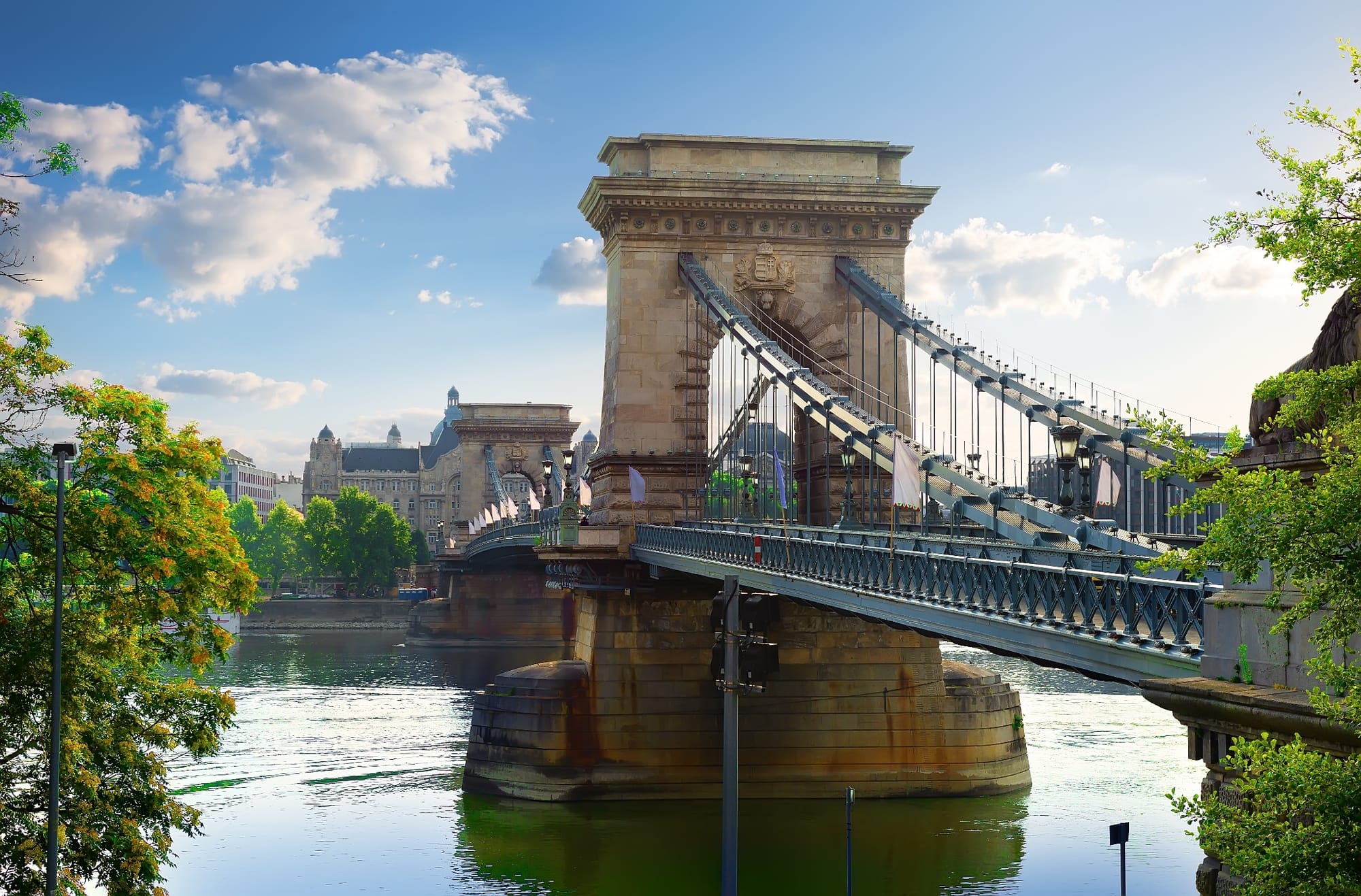
The virtual realm is an incredible space where teams can collaborate from all corners of the globe. Yet even the most fantastic digital interactions sometimes crave the tangibility of a real handshake or a shared piece of European strudel. This year, my remote team at Doist took to the heart of Hungary for our annual gathering, swapping pixels for Goulash Soup and Zoom calls for a euphoric riverside stroll along the Danube.
For teams at Doist, a company without a fixed office, these retreats serve as lifelines, moments to come together, brainstorm, and most importantly, connect. Fresh off our adventure in Budapest, I'm here to take you through the whirlwind week of productivity, passion, and play that encapsulates the essence of retreats for remote teams and why this strategy could be the missing piece in your team's puzzle.
The magic of retreats in remote teams
Remote work offers unparalleled freedom and flexibility, but it's not without its challenges, especially when it comes to team dynamics and collaboration. While digital tools keep the work flowing, they can only go so far in fostering the human element of teamwork.
Doist truly grasps this concept, coming together every year at a venue capable of hosting our combined presence for a special event known as "Doist Connect". Additionally, each department enjoys its own annual mini-retreat, focusing on team building at a smaller yet equally impactful level. These retreats go beyond simple connections; they are immersive experiences crafted to strengthen bonds and rejuvenate team morale.
As a product designer, I'm part of the design team that also includes brand and motion designers, as well as illustrators. We are a team of 11 and in these mini retreats, our goal is to discuss and brainstorm on things that cannot be done in an asynchronous environment. It's like gathering the Avengers, each with their unique superpowers, except our mission is to conquer the world of design, not aliens. We start planning what we'll do a month before the retreat happens and in the last week, we have a solid agenda of what we'll do. You could say our retreats are a smorgasbord of creativity, where the main dish is innovation served with a side of bonding. And honestly, it’s a refreshing change from the usual Google Meet fare–way more tasty and far less likely to leave you with screen-induced dry eyes.
Crafting the perfect escape
Choosing the perfect retreat starts with selecting the right location. We seek places that are convenient, offer diverse attractions, and cater to both work and leisure. Our past mini-retreats in Prague, Barcelona, and Athens were truly memorable. This year, Budapest's grandeur called out to us.
Local culture, a rich historical tapestry, and a burgeoning tech scene were the backdrop against which our team could unfurl its creativity. From the towering spires of Buda Castle to the vibrant nightlife along the Danube, Budapest promises the perfect blend of inspiration and relaxation.
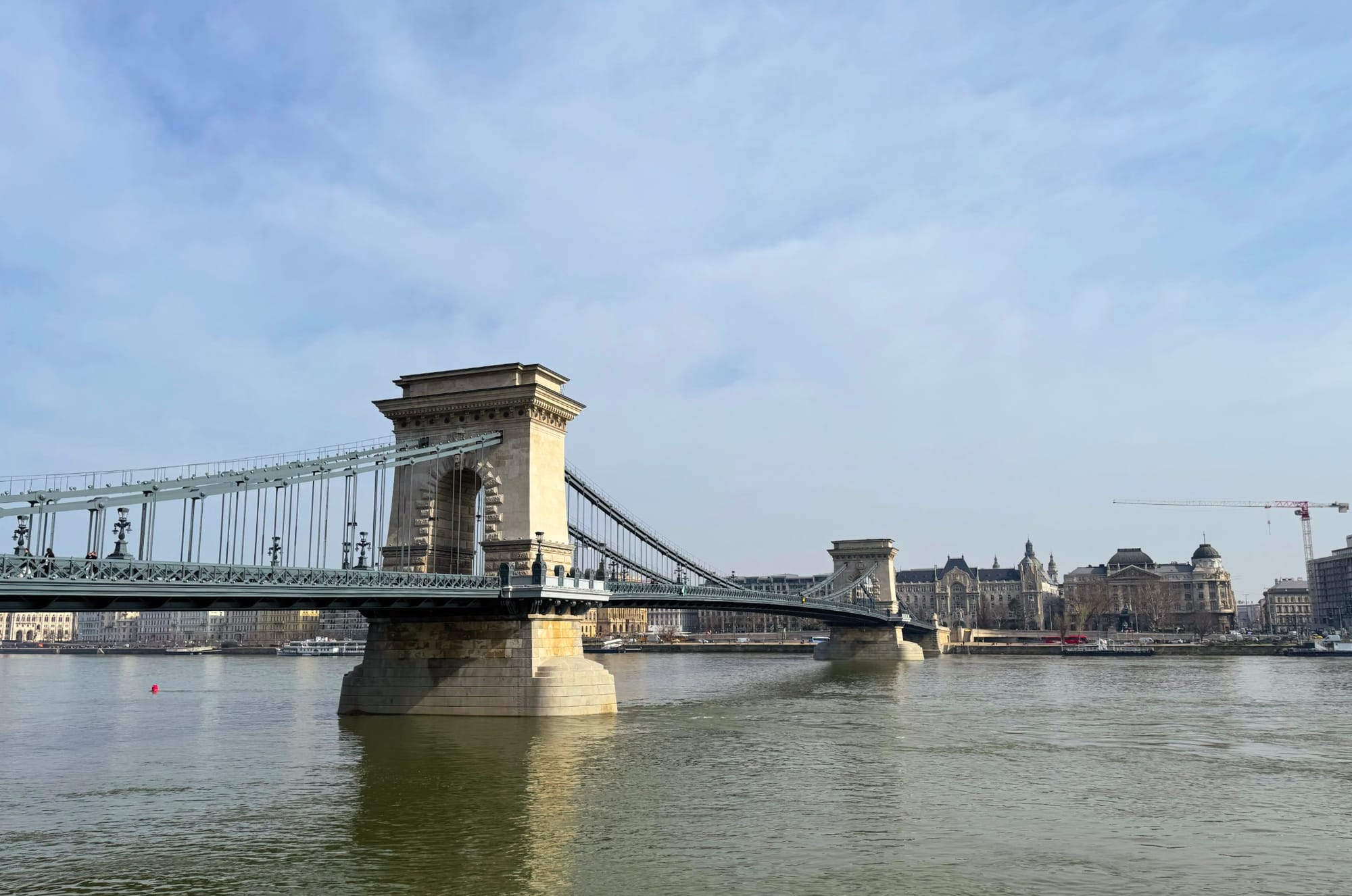
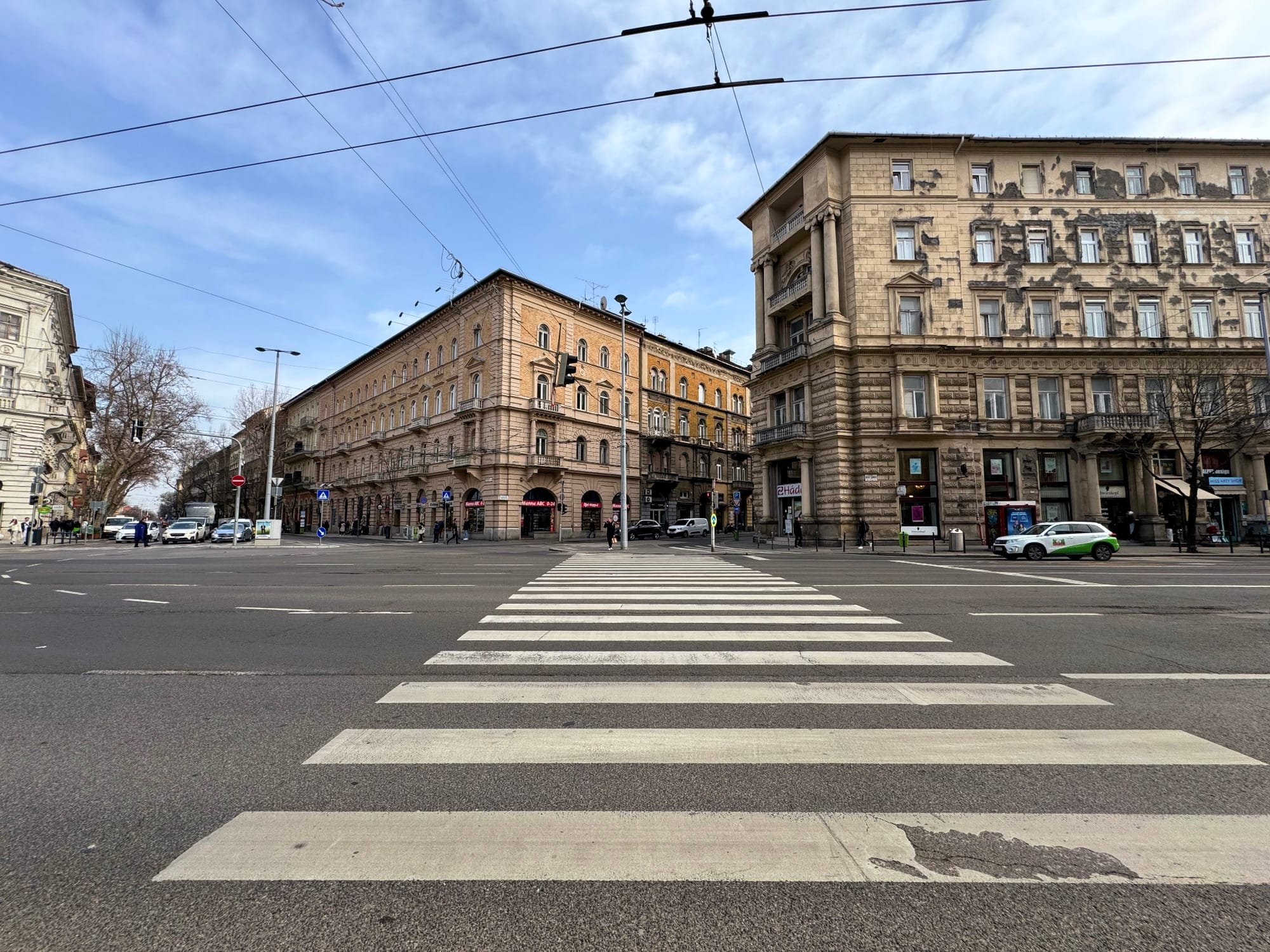
Exploring the charming streets of Budapest.
Thorough planning is crucial. Starting with a flexible schedule and gathering input from the team, these retreats come together through collaboration. It all begins with Chase, the Head of Remote at Doist, crafting the initial plan. With experience in organizing such retreats, we have curated a selection of remarkable destinations that ensure a memorable experience. Once the plan is in place, the DRD, or Directly Responsible Doister, steps in to represent the team and finalize the finer points. I had the honor of serving as the DRD for the second time this year, gaining insights into Budapest and compiling a list of must-see attractions in this enchanting city.
The retreat's logistics: making it work
Time is precious during these retreats. With just a few days available, every moment is valuable. While we have a total of 5 days, the first day involves arrivals at various times and the last day is dedicated to departures. Considering the diverse locations of participants, jet lag needs to be taken into account for everyone to recover and engage effectively. In essence, we have 3 full days, and the objective is to maximize their potential!
The hotel's location significantly influences our itinerary. We typically choose a central spot in the city for easy transportation and convenient access to restaurants, attractions, and our co-working space. Whenever feasible, we prefer holding work sessions at the hotel rather than a co-working space to eliminate commuting (our remote-first culture isn't a fan of commuting 😅). During our stay in Budapest, our hotel provided a fantastic meeting room equipped with coffee, water, stationery, and everything necessary for peak productivity.
While these short retreats are effective for boosting productivity, the primary focus nowadays isn't just work; it's about fostering connections with colleagues and enjoying ourselves. When this social aspect thrives, our remote work benefits immensely from these relationships!
To add more excitement and enjoyment, we incorporate activities such as cooking classes, escape rooms, museum visits, hikes, and more into our daily agenda. Each activity we've tried has been a great success, with my personal favorite being the cooking class in Athens last year. Escape rooms are also a blast and serve as a team-building activity that unites everyone in various ways.
Workshops: the core of our retreat
For a company with a fully remote workforce, it's crucial that everyone excels in managing their workday efficiently. While modern tools facilitate remote work, there are unique advantages to in-person brainstorming sessions or workshops. We keep this consideration in mind year-round, noting down our collaborative goals for when we convene in person.
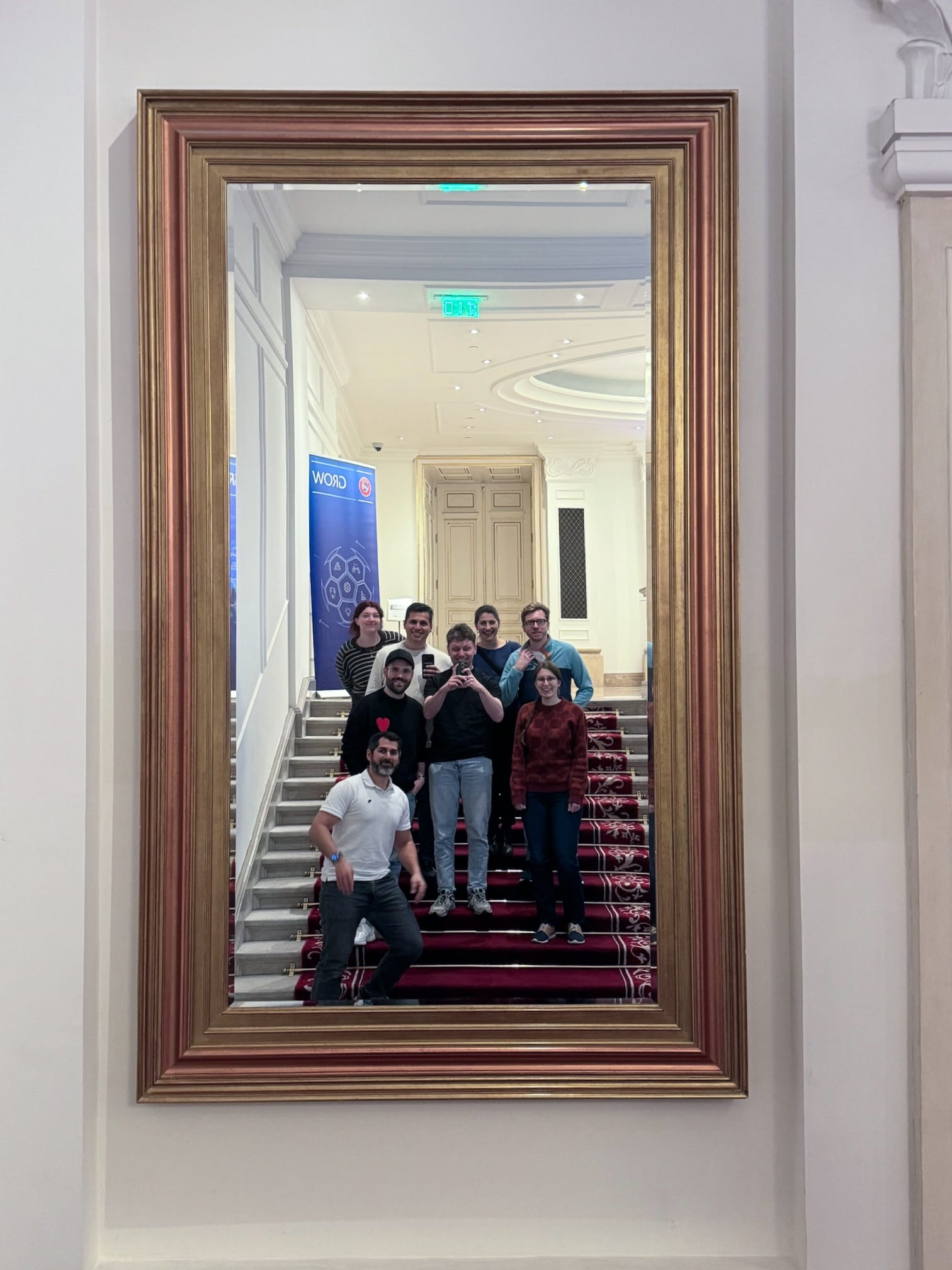
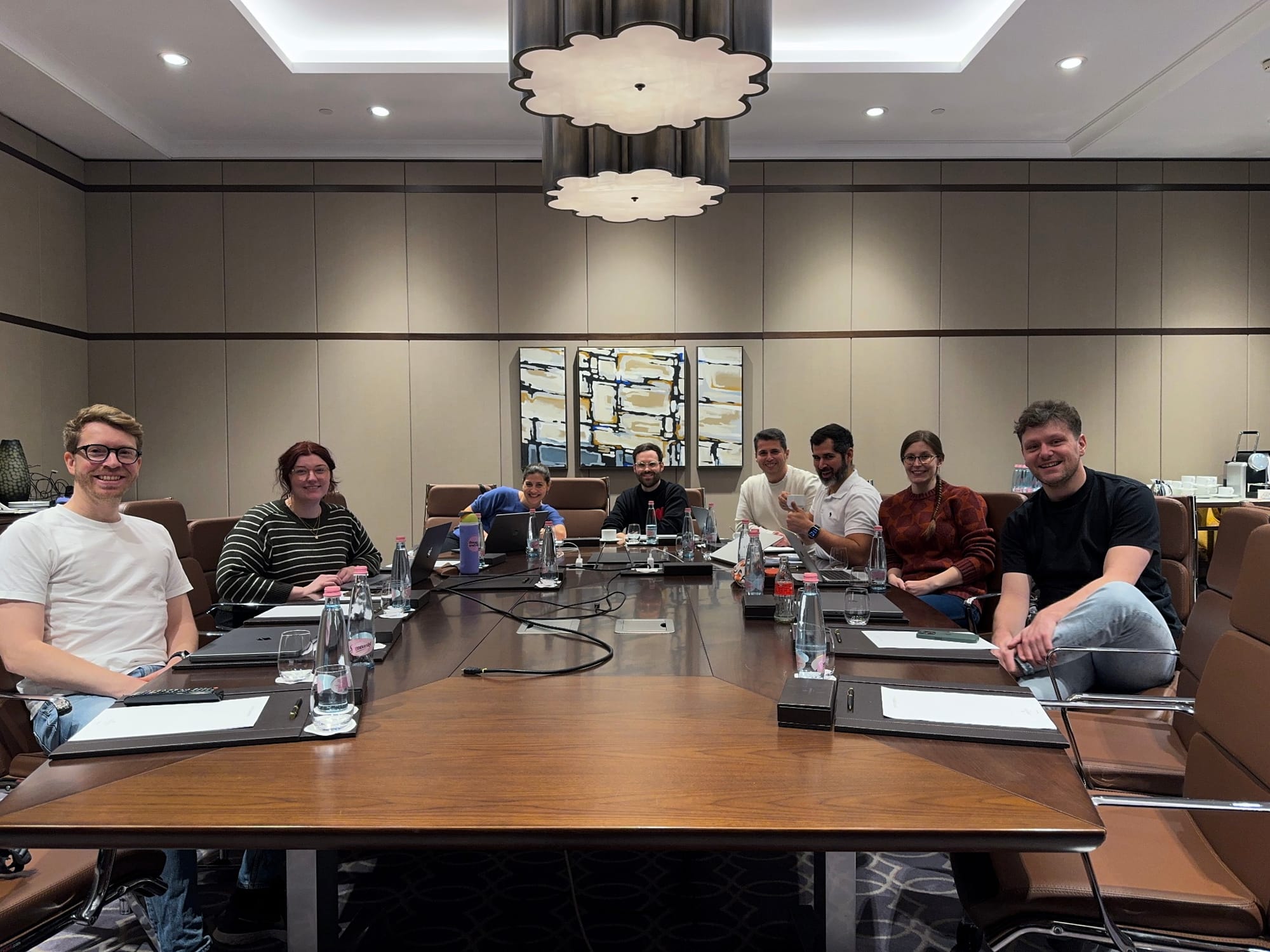
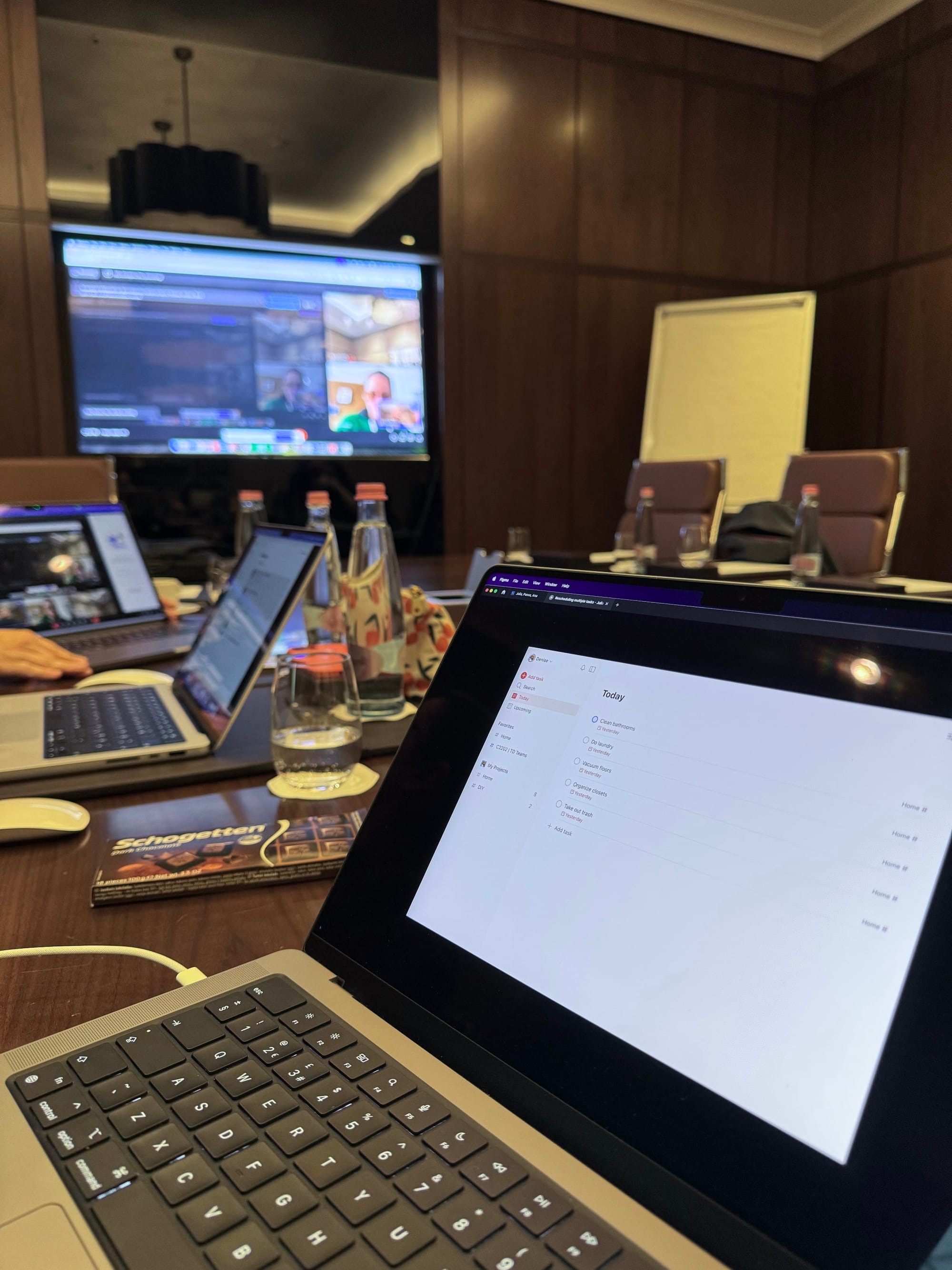
Doist's design team delving into fresh concepts for enhancing Todoist!
This year, we've decided to kick off our morning sessions by diving deeper into what each designer has been up to, going beyond our usual weekly catch-ups. We also planned a workshop focused on "Delight", exploring how we can infuse more of it into our products through motion design, illustration, animation, and copywriting.
In past team retreats, we used tools like Figma, FigJam, sharpies, and Post-its. However, this year, we decided to step up our game and had everyone bring their laptops. After discussing our topic and goals, we divided into 3 teams and got creative, crafting prototypes and designs to elevate Todoist! While I'd love to spill more details, not everything might make it into production, and the timeline for those that do is still up in the air. So, envision delightful animations sprinkled throughout the app and customizations that enhance the brand! ✨
When brainstorming new ideas in person, unexpected discoveries often arise. For instance, I recently learned about an interactive cheat sheet for easing functions (thank you Julia), which greatly aided our animations. Additionally, witnessing ProtoPie in action and receiving a detailed explanation piqued my interest, prompting me to consider trying it myself. Moreover, my usage of Raycast sparked intriguing discussions, especially since I had previously written an article on it. This spontaneous exchange of knowledge truly stands out as the primary advantage of these gatherings.
Budapest, beyond workshops
While this is a subjective viewpoint, overall, everyone had a fantastic time during our recent trip to Budapest. The city's charm and friendliness made exploring a joy. We found the city incredibly navigable, which allowed us to visit numerous attractions and create unforgettable memories. Our culinary adventures led us to discover several exquisite restaurants serving delicious local cuisine. We leisurely strolled through the city, admiring the architecture and crossing the connecting bridges between Buda and Pest, taking in the stunning views. One of the highlights was our visit to the Light Art Museum, where we were captivated by the innovative exhibits.
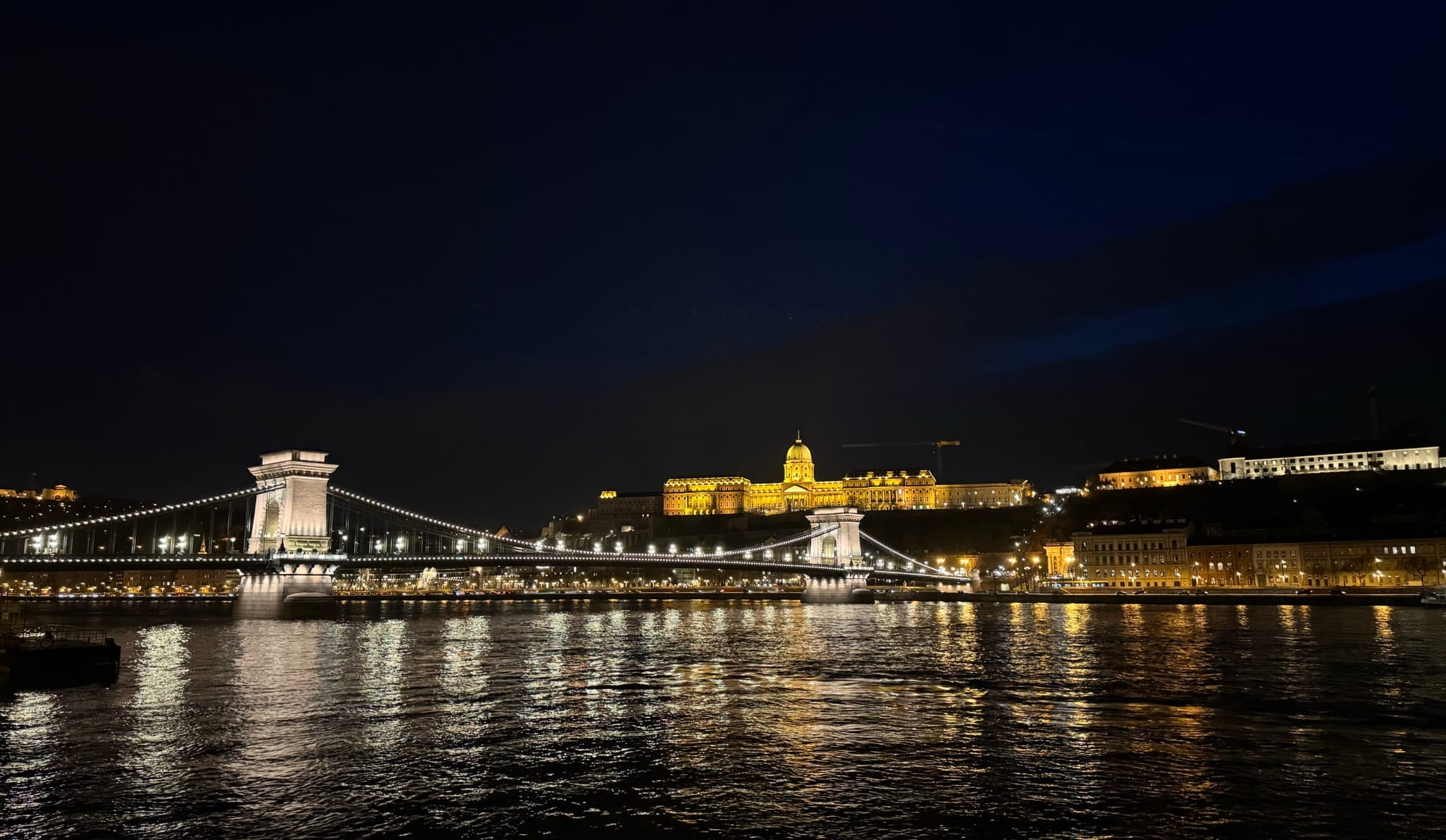
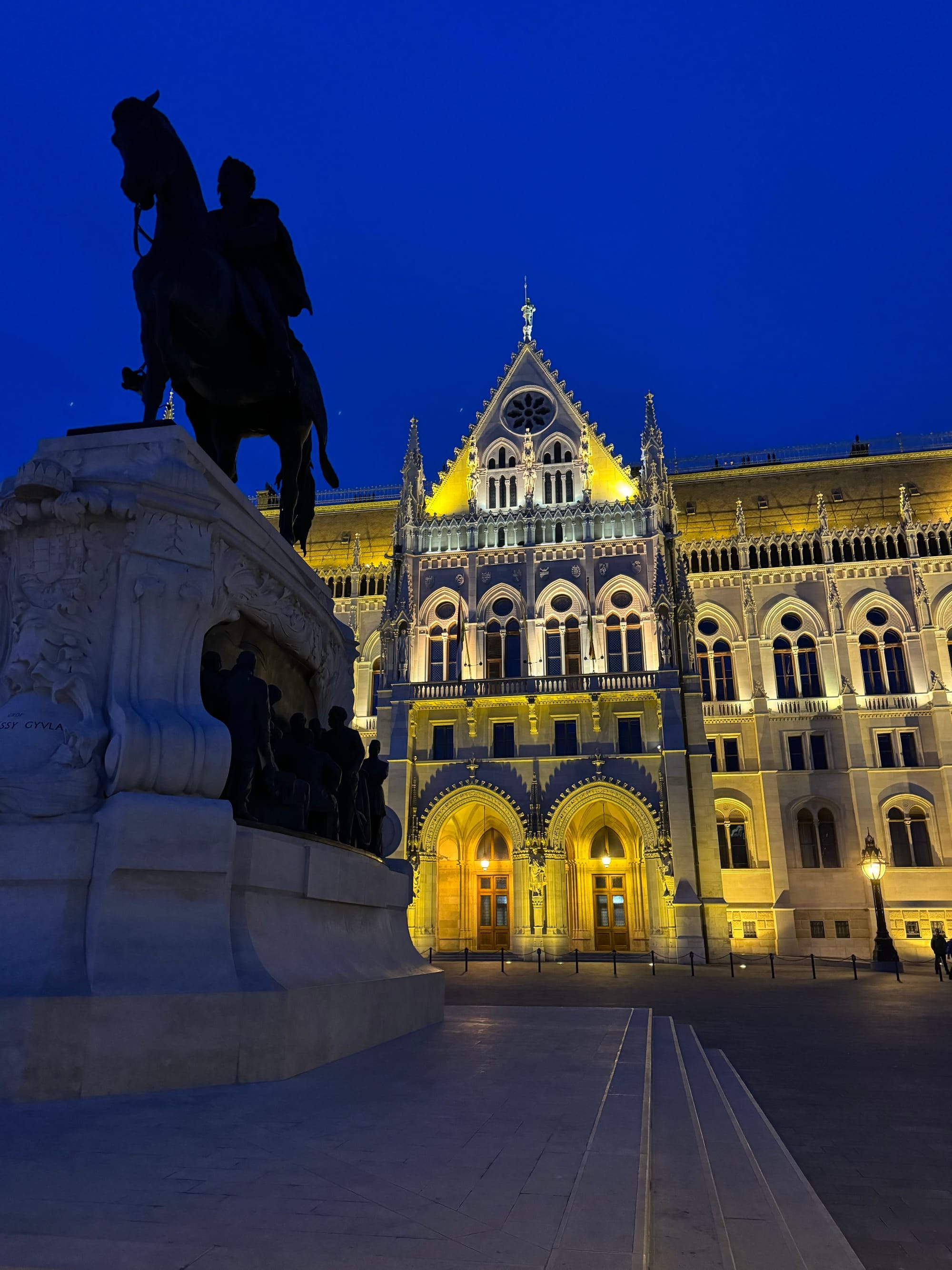
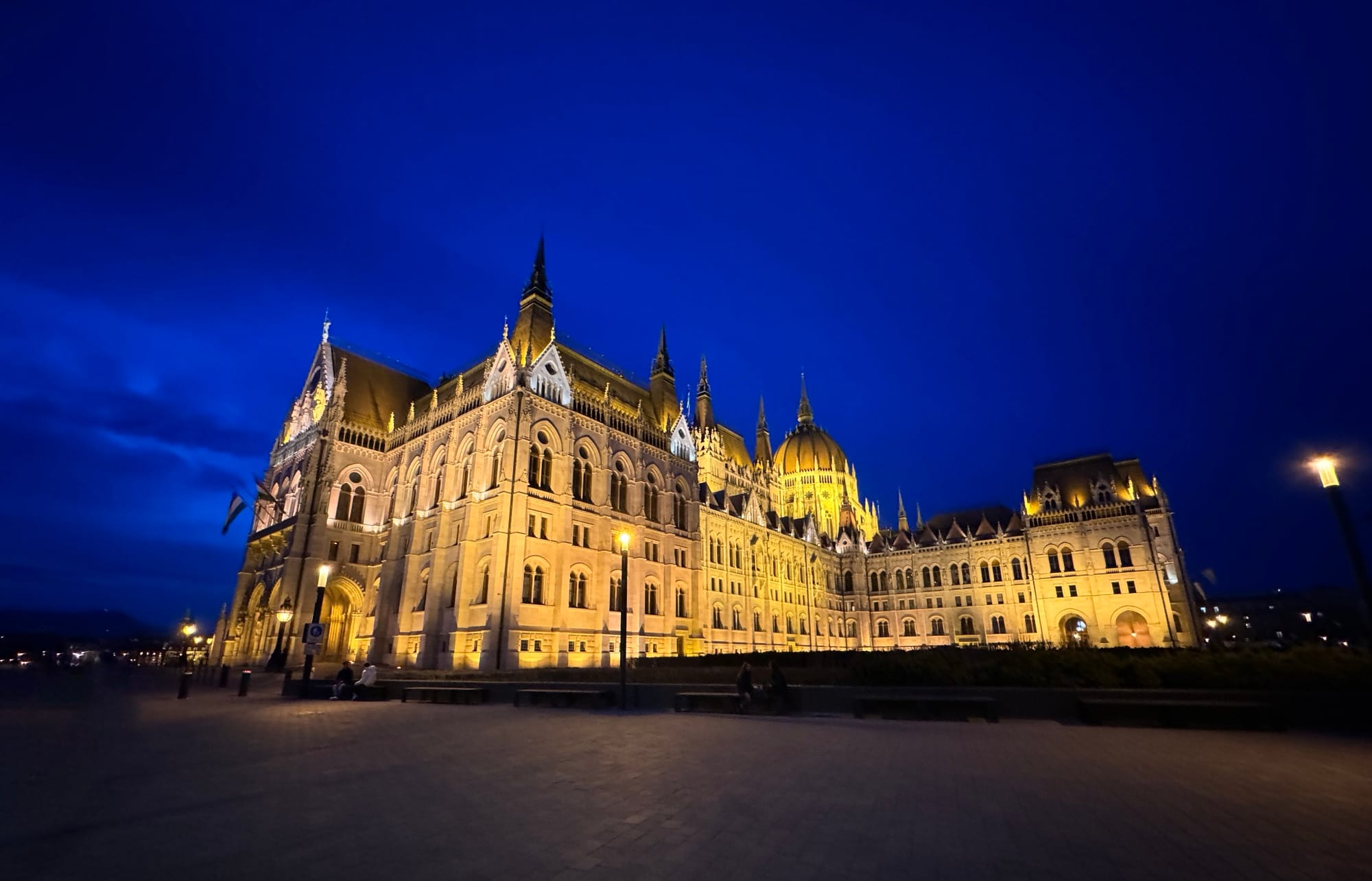
Budapest shines at night, illuminated by its enchanting lights.
Additionally, our team bonded over an exciting escape room experience with an Egyptian theme, followed by an evening of lively music covers at a karaoke venue by Doisters. Unfortunately, I had to miss the karaoke session due to an early flight, but the photos and videos captured the fun atmosphere, ensuring I won't miss out next time!
The lasting legacy of retreats in remote work
In wrapping up, our adventure in Budapest wasn't just a detour from the usual; it was a vivid chapter in our collective journal. It reinforced the essence of connection in a remote work environment and highlighted that while technology can bridge gaps, the warmth of human interaction remains irreplaceable.
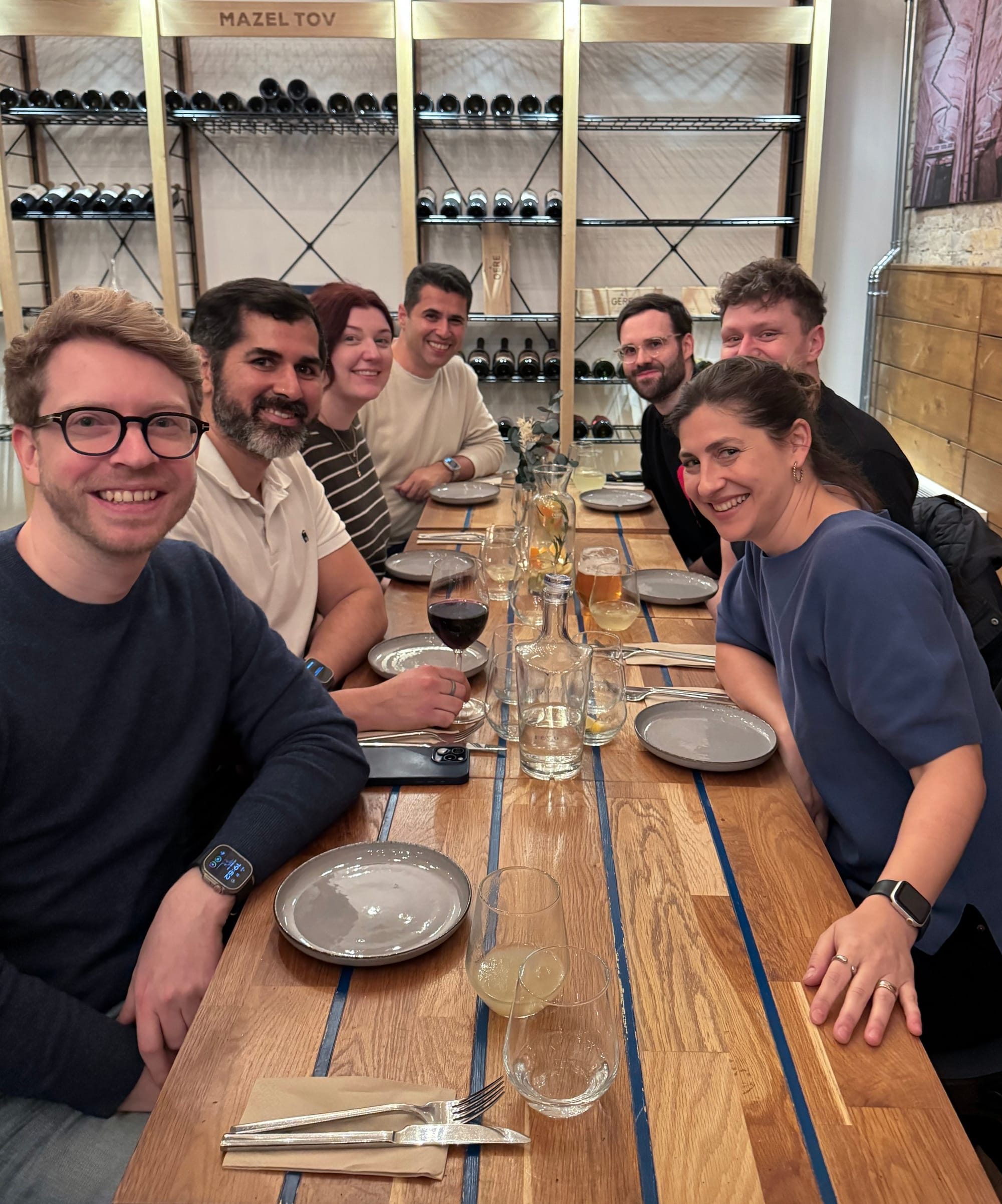
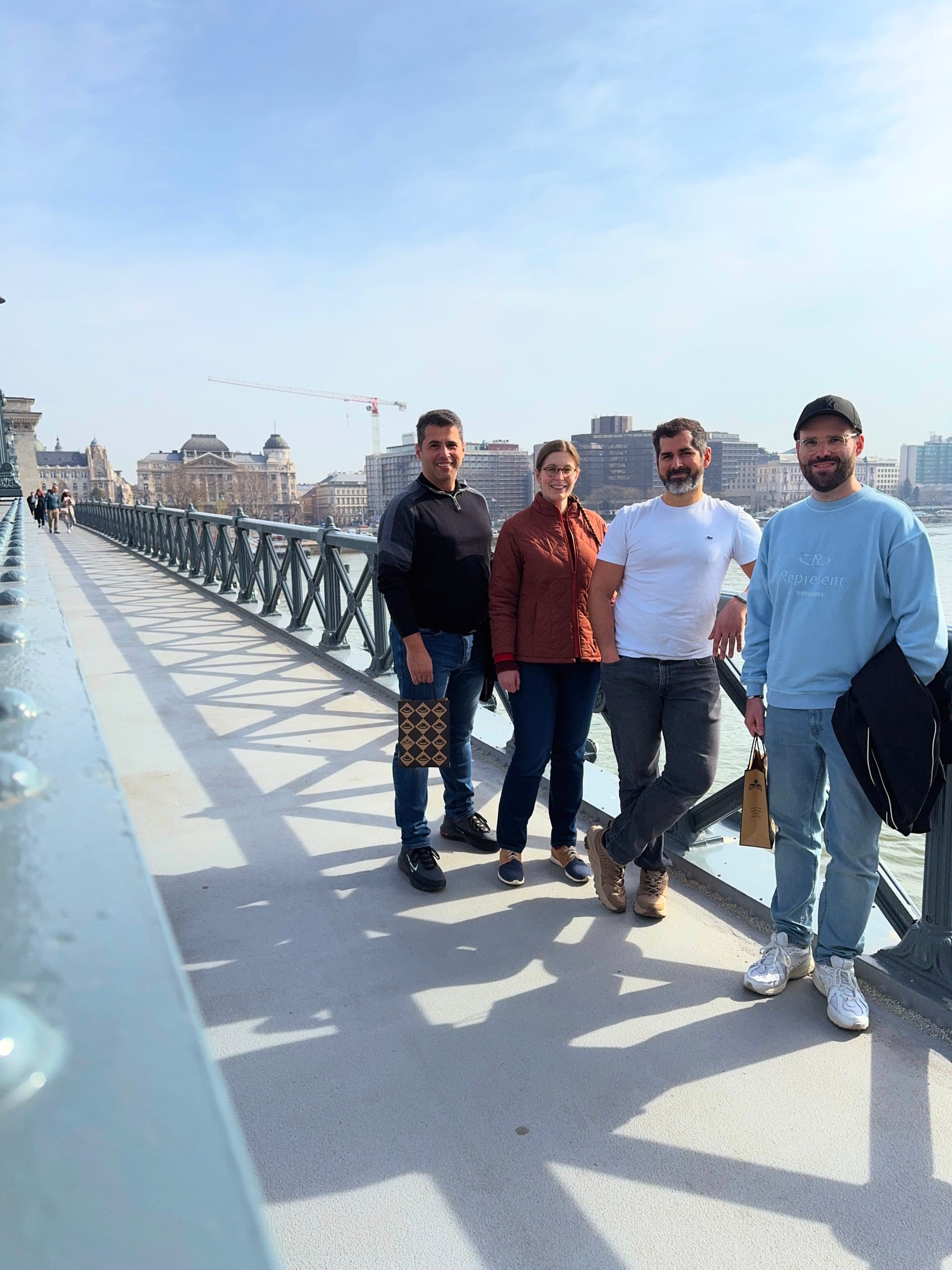
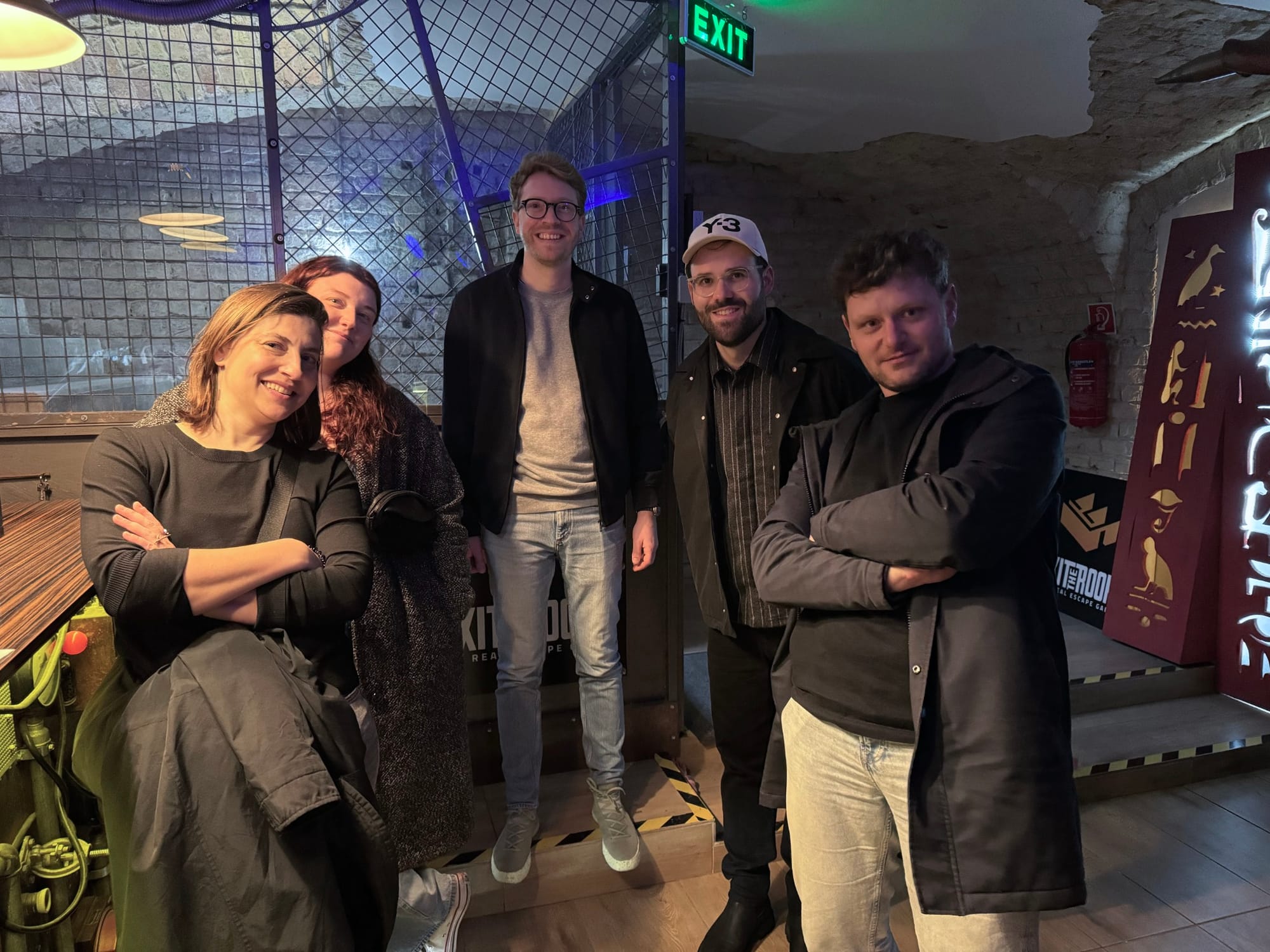
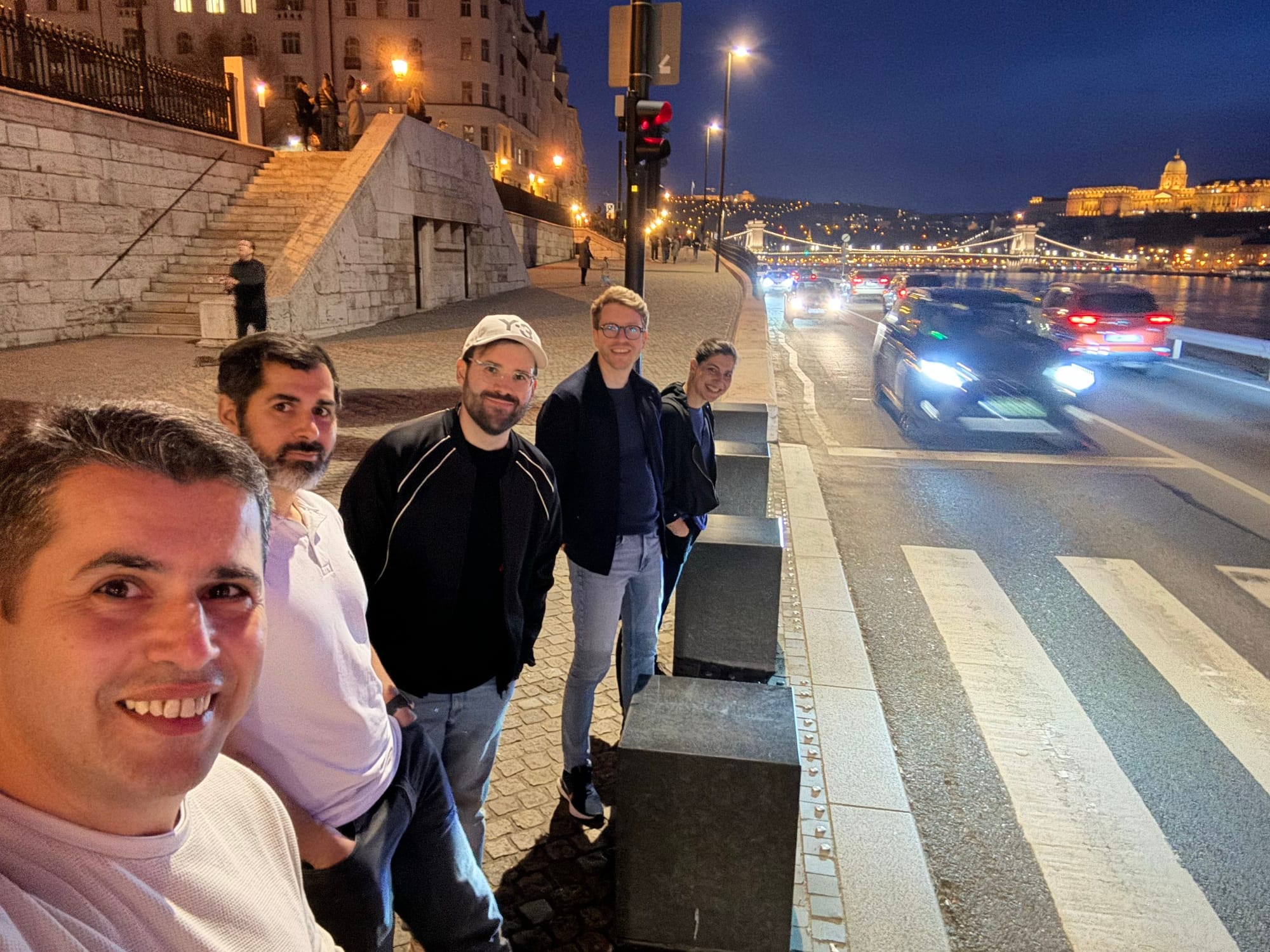
From culinary delights to urban strolls, culminating in conquering Egyptian escape rooms. This crew is the ultimate squad!
Each laughter shared and insight exchanged under the Budapest sky wasn't just a moment passed; it was a brick laid in the foundation of our team's spirit. As we anticipate our next gathering, it's clear that these retreats are more than an escape—they're a beacon guiding the way to deeper connections and a more cohesive team. Here's to finding that magical blend of productivity and camaraderie, making every remote interaction count, and remembering that sometimes, stepping away from our desks can bring us closer together. 🌍
Alex, Ana, Ben, Heather, Julia, Luis, and Stijn, a big thank you for all the wonderful memories! Looking forward to our next hangout! 🤗
Kick off your first team retreat!
Reading about our Budapest escapade might just be the nudge you need to march over to your manager or huddle up with your team and float the brilliant idea of a team retreat. Imagine trading those endless Zoom calls for face-to-face brainstorming by some scenic vista or bonding over a local culinary delight. It's about taking the mundanity of daily tasks and injecting them with a dose of adventure, all while tightening the team's camaraderie. If this idea is nudging you into action, here's how to bring it to life:
- Reflect on your team dynamics: Is your remote team missing the cohesion that comes with shared physical spaces? Consider the value a retreat could add to your collective dynamic.
- Pitch the idea: Take inspiration from our experience and present the concept of a team retreat to your leadership or fellow team members. It could be the spark that ignites collaborative innovation.
- Plan an itinerary: Should you secure approval, cultivate an agenda that balances work, play, and cultural immersion. A thoughtful itinerary can unlock the full potential of a retreat.
- Reap the benefits: Post-retreat, monitor the qualitative and quantitative shifts in your team's productivity and satisfaction. Document the changes as a testament to the retreat's impact.
Taking these steps could not only make your retreat vision a reality but also contribute significantly to the team's dynamic and productivity. With a mix of careful planning and enthusiastic pitching, you're just steps away from creating memories and experiences that could last a lifetime.